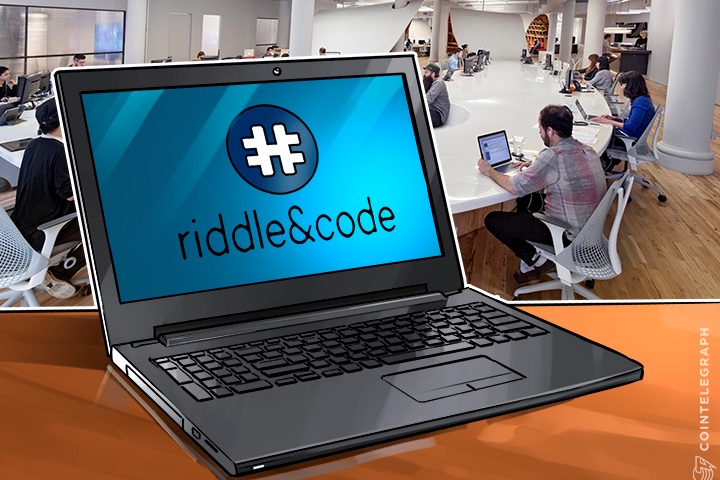A Samsung Artik cloud network and Blockchain-based IoT service provider riddle&code announced the official release of tagtok, short for Tag and Token, which transforms physical objects into Blockchain nodes.
Riddle&code is based on an open source cryptography platform, which is leveraged by its millimeter-long microchips manufactured by prominent semiconductor firms including NXP and Nordic.
In essence, riddle&code’s tagtok system was developed to prevent fraud resulting from conflicts with ownership, contract fulfilment and provenance. Users that hold a token to the microchip-based IoT (Internet of Things) device would be able to access its unalterable information on the Blockchain network, with its unique cryptographic ID.
Riddle&code’s Alvaro Mier stated:
“Living in a society where things have become smart, sharing information and talking to each other brings up security issues regarding all the sensitive data collected and the interoperability between devices.”
A slice of $29.5 bln market
The riddle&code development team focused on the adaptability and flexibility of both its cryptographic platform and its robust microchip structures. Particularly, its 0.7 mm microchip is water resistant, bendable and flexible, which allows it to be embedded into virtually any device in the market.
According to the riddle&code team, the Internet of Things market has demonstrated a significant growth rate, and will continue to grow to a $29.5 bln market cap in 2020.
The company believes its robust infrastructure for both its microchip and cryptographic network makes its entire IoT mechanism and technology more relevant to a wider range of companies.
Tracking location of any device
For instance, individuals can utilize riddle&code’s IoT infrastructure to secure their ownership of certain devices and track their location once it is stolen or misplaced. Vehicle owners will most likely be able to go as far as ordering its cars or motorcycles to become inoperable through the Blockchain.
“We have 4 different architectures, which are applied depending on the use case. For example, for the consumer market we could use model #2, a single hardware which gets embedded into the product and all the cryptographic process is powered by using the energy from any device supporting NFC technology,” added Mier.


